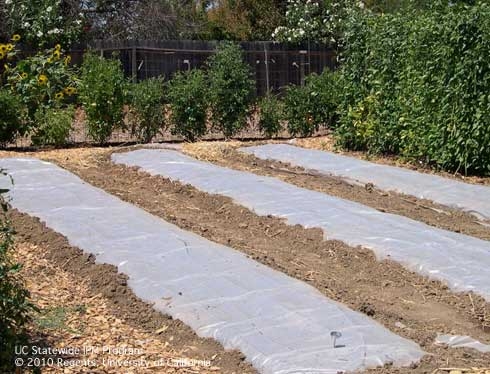Soil solarization is a method home gardeners and farmers can use to manage soilborne pests such as weeds, disease pathogens, nematodes and insects. Solarization can reduce help reduce pesticides used to control these pests.
Soil solarization is simple: prepare the site, water it a bit, then cover the soil with clear plastic for an extended period of time to allow the sun to heat the soil to temperatures lethal to a wide range of pests.
Learn more about this process in our recently updated Pest Notes: Soil Solarization for Gardens & Landscapes, by authors Jim Stapleton, Cheryl Wilen, and Richard Molinar of the University of California Cooperative Extension and the UC Statewide IPM Program.
What's new in this version? There's additional information on biosolarization, a technique that can increase the pesticidal effects of solarization treatments by incorporating organic materials into the soil prior to solarization.
Author - Associate Director for Urban & Community IPM/ Area Urban IPM Advisor
Attached Images:
